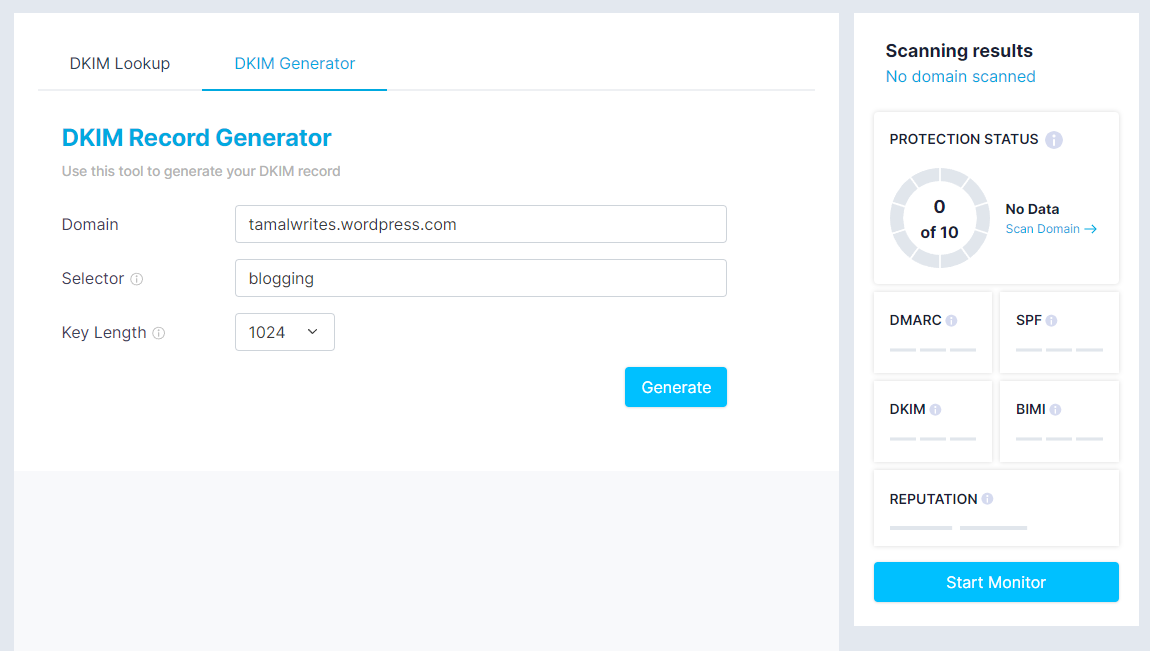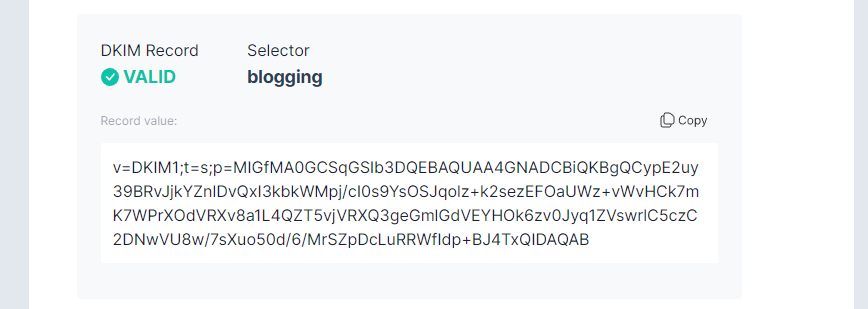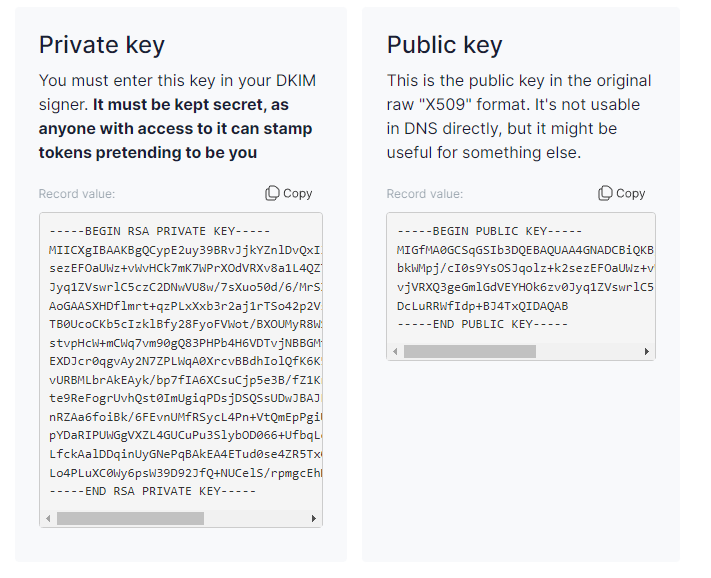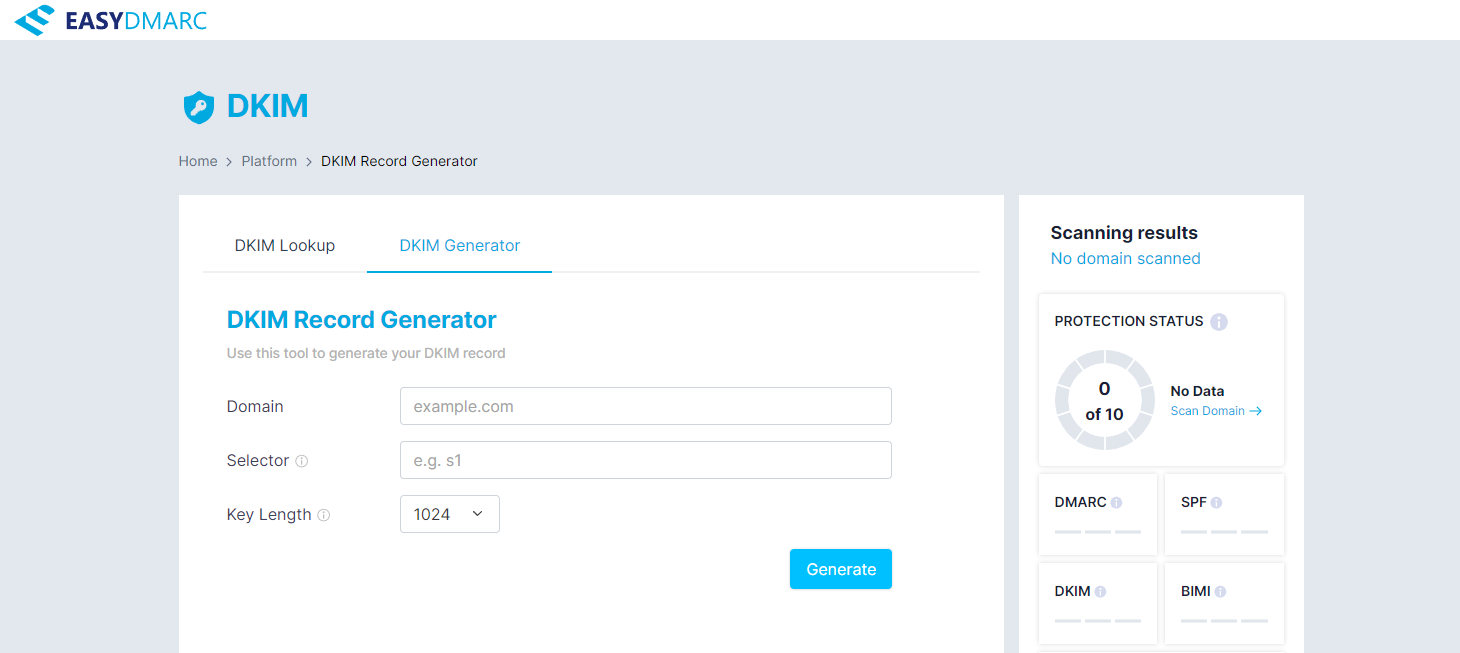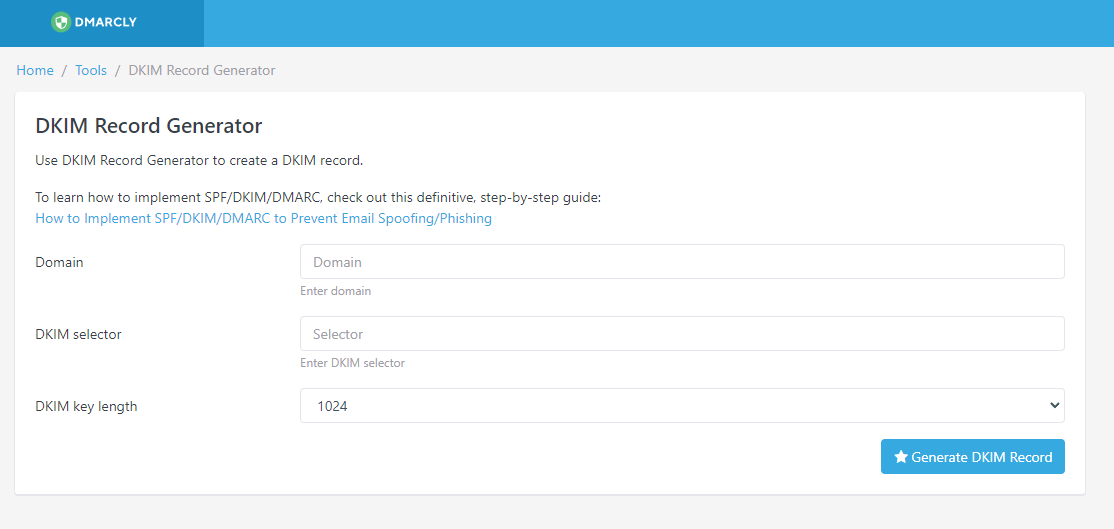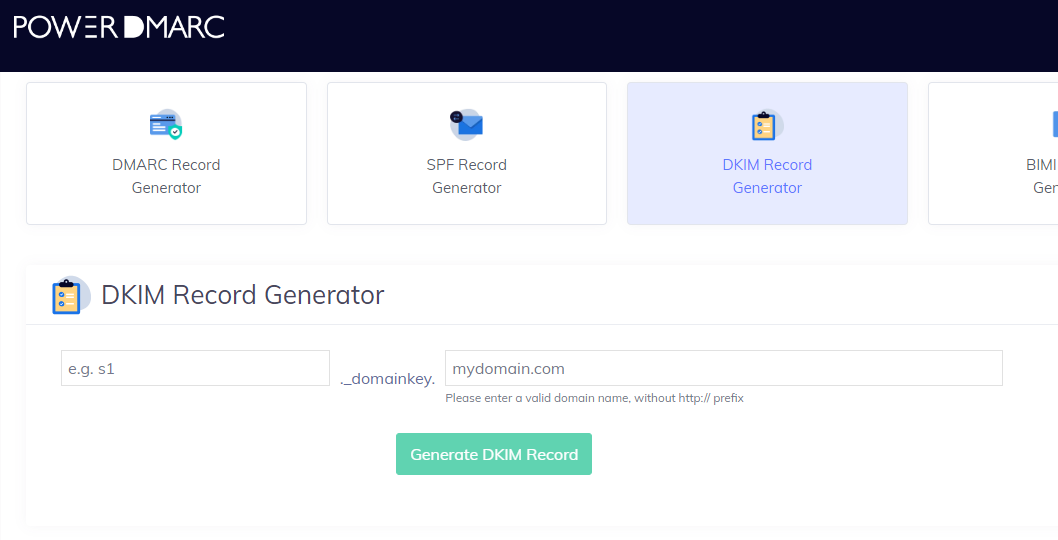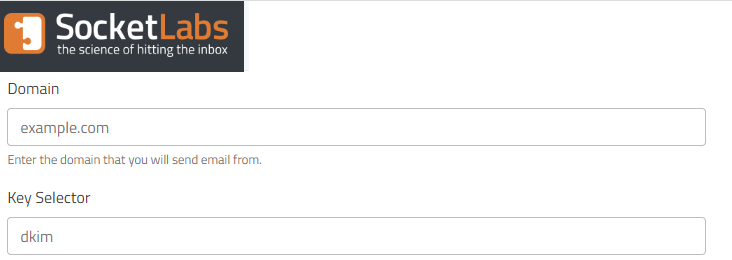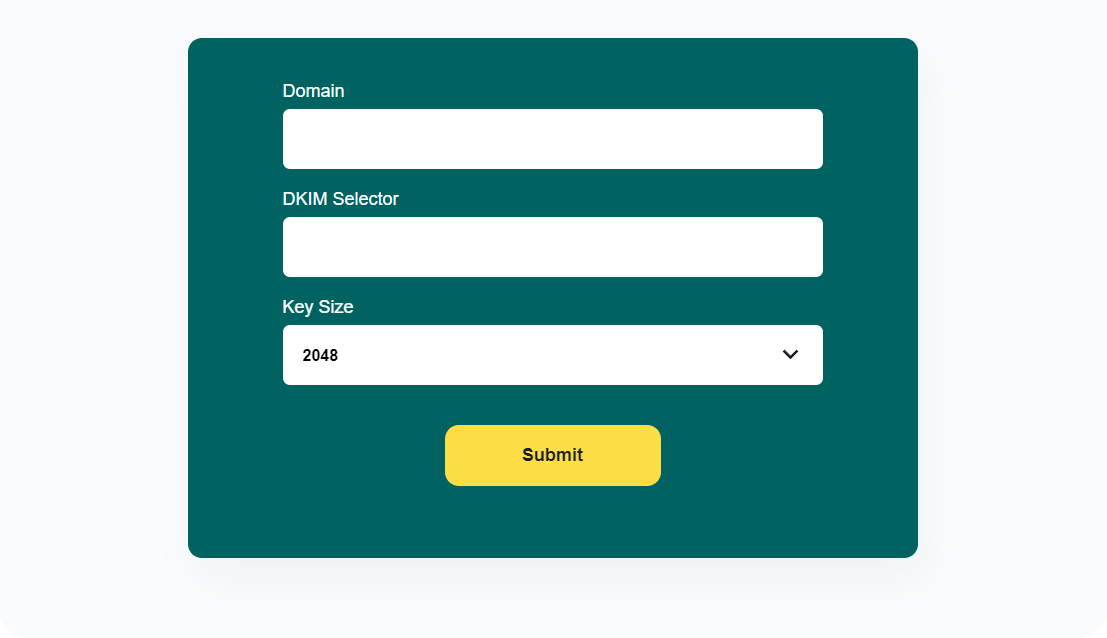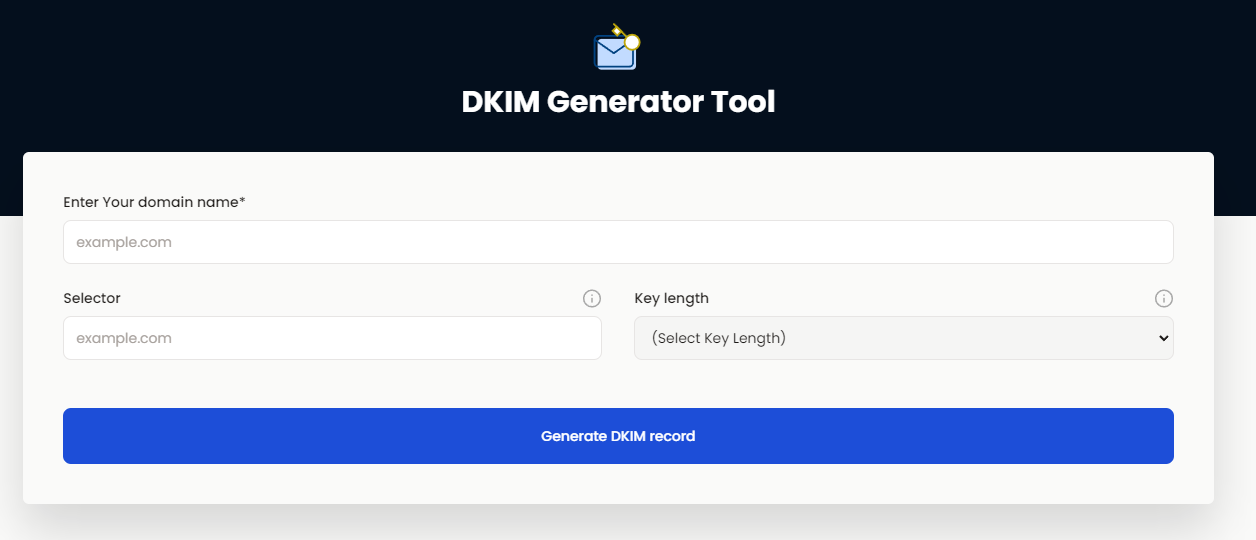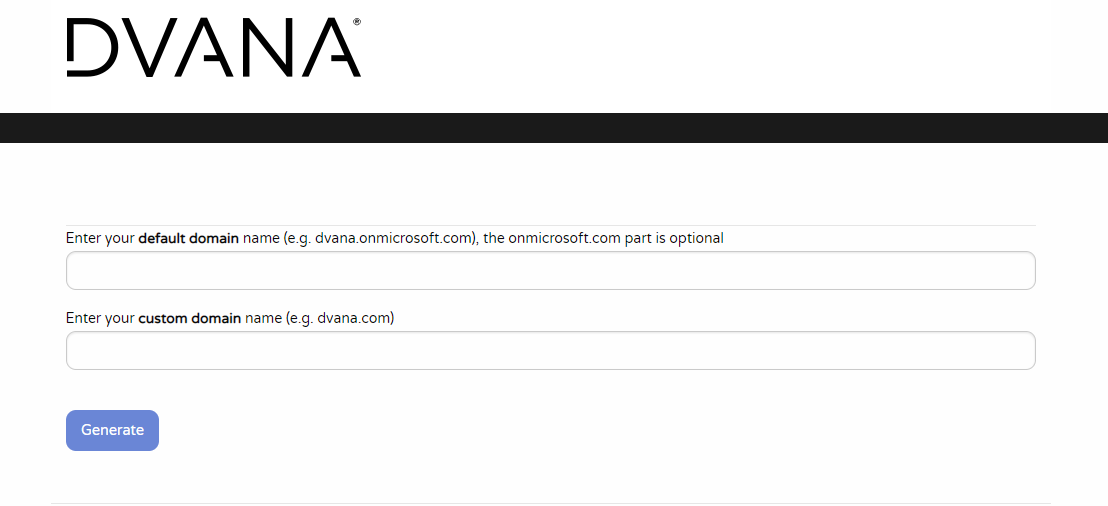Email phishing and spoofing are the two most common cyber attacks. According to a Statista report, these make up 54% of cyber vulnerabilities. Another cyber attack-related statistic from Proofpoint says that fraudsters send 3.1 billion domain spoofing emails daily. The solution is authenticating incoming emails by an email server using encrypted cryptographic keys. The best tech that works globally is the DKIM signature. If you are a digital marketer for any business, read this article until the end to discover some top DKIM record generator tools along with the basics of DKIM. Also, if you use emails just for personal use and want to stay safe from phishing and spoofing attacks, this article will help you by offering foundation-level knowledge.
What is a DKIM Record?
DKIM is an email sender verification technology known as DomainKeys Identified Mail. The email server of the email recipient validates the email’s integrity and sender using DKIM. In DKIM, you add a DKIM signature in the source code of your email. You set it up in your email service client app and instruct the app to add the signature as a header message for all the emails that you send from the email domain. Also, the email app uses cryptographic encryption to encrypt the signature. Now, the recipient email server uses a key (public key) to decipher the cryptographic lock and read the signature. This key and other DKIM texts are broadly known as a DKIM record. You can not see or read the DKIM record in the modern view of an email. You need to select the Show original option in the menu of an email accessed via Gmail to see the DKIM record. Other email clients also have a similar option in their email apps. First off, you will see the following in the Original message of an email: Secondly, you can scroll down a bit to find “DKIM-Signature:” text in the Original message. It is the beginning of the DKIM record and consists of the following alphabetical tags: You can not create a DKIM record by simply typing a few lines of code. DKIM record generator tools are the ones that you must use. Such tools are also convenient since you can create thousands of DKIM signatures in a few minutes.
How to Create a DKIM Record
DKIM record is essential for marketing and business emails since the recipient email servers of most companies block non-DKIM emails. Even if you are targeting personal users, you must use a DKIM record since email providers like Gmail, Outlook, Yahoo, etc., also block or send non-DKIM emails to the spam folder. Here is a step-by-step guide to creating a DKIM record using any of the DKIM record generators mentioned later in this article:
Visit any of the DKIM record generators mentioned below. Most tools will ask you to enter the following details: Domain, Selector, and Key Length.
Enter the domain name in a clear format like abc.com. Do not include the https:// tag. For Selector, you just need to type any name like coffee, tea, smart devices, marketing, etc. You should save the name to recycle a DKIM selector later. Choose an encryption key length from the ranges like 1024, 2048, 4096, etc. Now, click on Generate. In a while, the tool will show you DKIM data in two sections. The Record value section is the main DKIM record. The Key section shows you the Private key and Public Key.
Benefits of a DKIM Record
It helps the email server to know whether the email has been tampered with or not since it left the email sender’s server. The DKIM record is authentic proof of the email sender’s domain. If you are getting any payment link from a vendor and its DKIM does not match, do not use the link for payments. If you are using AMP email tools to create dynamic marketing emails, you will need to sign all outbound emails using a DKIM record or else Gmail, Yahoo, etc., will not allow AMP emails. DKIM requires cryptographic checksums for every email which is simply a heavy load on computation. Hence, spammers can not send bulk phishing emails using DKIM technology because that would be too expensive.
What is a DKIM Selector?
DKIM selector is a crucial component of your email’s DKIM record. It allows you to use multiple DKIM keys on the email domain name. When the incoming email server detects a DKIM signature on an email header, it starts looking for the public key in the DNS to validate the email. The DKIM selector instructs the server where to find the public key. The DKIM selector is also linked with the private key to which the public key matches to ensure authenticity. You can locate this selector via the S-tag in the DKIM record. In the above image of the DKIM record example, Google used DKIM selector 20210112 to send a marketing email from the YouTube.com domain. So far, you have gone through the basics of a DKIM record, its components, and how to generate one. Now, it is time to know about some popular and reliable DKIM record generators that you can use in your marketing email campaigns.
EasyDMARC
The first entry on our list is EasyDMARC. Using this platform, you can easily create a DKIM record. It has a simple interface where you need to enter the full domain, add a name to the Selector and choose the key length between 1024, 2048, and 4096. Click on the Generate button and get the records generated within seconds. The valid record value is available for copying in one click. Moreover, It generates a private key and a public key that you can copy and use where needed. You can also publish the following DNS TXT record in the subdomain.
DMARCLY
DMARCLY is another platform with a minimalistic GUI for generating DKIM records. Just add the domain and DKIM selector while selecting the DKIM key length from the drop-down menu. Finally, click on the Generate DKIM Record button to get the results. This tool generates RSA private keys that you need to select and copy to use somewhere else. Furthermore, it displays the DKIM key in text.
SparkPost
DKIM Wizard from SparkPost is a tool that you can use to seamlessly create a pair of public and private keys. One can use these keys for DomainKeys and DKIM signing. However, you need to remember that the policy records are not included in these records as they are not a part of DKIM anymore. For record generation, you need to enter the domain name of the From or the header address. Also, enter the DKIM Selector and choose the key size in bits between 1028 and 2048. Click on Create Keys and the platform will generate a public and a private key for you.
Power DMARC
Creating DKIM records manually not only requires a lot of time and effort from the users but also involves the risk of human error. Instead, use the Power DMARC DKIM wizard to instantly create an error-free TXT record for your domains. This reliable platform needs you to enter the selector and a valid domain name without the prefix https://. Then, it can generate a DKIM record and private key for you. These keys come with Copy-to-Clipboard buttons for effortless copying. However, this tool does not have any option to select the key size.
SocketLabs
If you want to create DKIM public and private keys, SocketLabs’ on-demand service is here for you. Simply enter the domain from which you send the emails and the selector for your public key. Unlike platforms where only a limited number of key sizes are available for selection or no selection option is available, this tool comes with a variety of options for the key size. You can choose the key size from 1028, 1280, 1536, 1792, and 2048. In addition, if you want, you can select Escape records and Split record options. The first one will escape some characters while the latter will split the large public keys into multiple sections or strings. The one-click copying is available for both keys.
ZeroBounce
Using ZeroBounce, you can generate keys for the encryption-powered DKIM protocol for sender email address verification. To start using this tool, enter the domain name, the DKIM Selector, and finally, the Key Size that signifies the encryption level of the keys. Here, you can choose between 512, 1028, 2048, and 2072 characters. Click on the SUBMIT button to generate public and private keys. Though selecting and copying keys is manual, it generates Selector Record and Policy Record that you need to include in your email-sending software and DNS.
DKIM Core
DKIM Core is a simplistic DKIM record generator software that can create DKIM core tokens for you. All you need to do is to enter the domain name. It generates the private key and allows you to download it. For public keys, DKIM Core offers it in raw, tinydns, and bind 9 formats while you can download these. By bookmarking the webpage where the generated key results are shown, you can keep it for future use. There is no guarantee of how long the keys will be kept, but the tool claims to store them for at least one month. For additional security, it even offers the option to delete the page. You can opt for it if you do not want to keep the keys of the server or do not need them anymore.
Skysnag
If you suspect that your emails can get tampered with during transit, you can prevent such incidents by generating DKIM records on Skysnag. This free tool is ideal for generating public-private key pairs that can be used to digitally “sign” emails. After you enter the domain and selector names, you have to choose the key length between 1028, 2048, and 4096. Then, the tool will create a record value, private key, public key, and subdomain name. For additional privacy, the private key will be kept hidden by default. To view it, you need to click on the show key button. Moreover, all this data supports a one-click copy.
Netcore
The DKIM record generator tool from Netcore allows you to get a fresh set of public and private keys. The platform interface requires you to enter your working email address, domain name, key selector and select the key hash length. The available encryption key character length options are 1024, 1280, 1536, 1792, and 2048. Netcore generates public and private keys separately that you can copy with one-click copy buttons.
DVANA
DVANA believes in making the DKIM key generation process quick and simple. That’s why you can generate accurate keys or records for the Microsoft Office 365 integration with DKIM. Remember, this platform only supports generating Office 365 DKIM. Here, you need to add your default domain and the custom domain name. Then, it comes up with the keys that you need to enter in the DNS.
Conclusion
Now that you know which are the best DKIM record generators, you can try any of them to authenticate your marketing and promotional emails. Email service providers that use enterprise-grade security consider emails without a DKIM to record spoofing or phishing emails. Hence, businesses are unable to receive your email unless you use a DKIM signature. These days, some premium and free email service providers are also using security measures to block phishing emails. These email servers mainly block emails that do not show a valid DKIM signature header. Thus, if you have been experiencing very low email deliverability, you can switch to DKIM authentication by creating DKIM records using the above tools. You may also be interested in these best URL scanners to know if any URLs in an email or website page are safe to visit.

![]()



